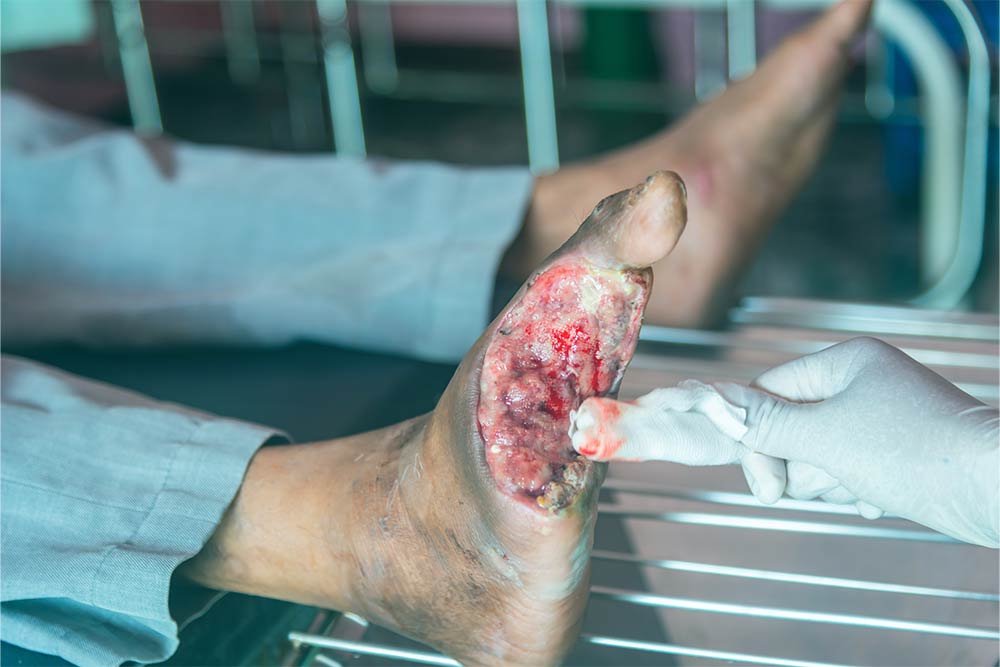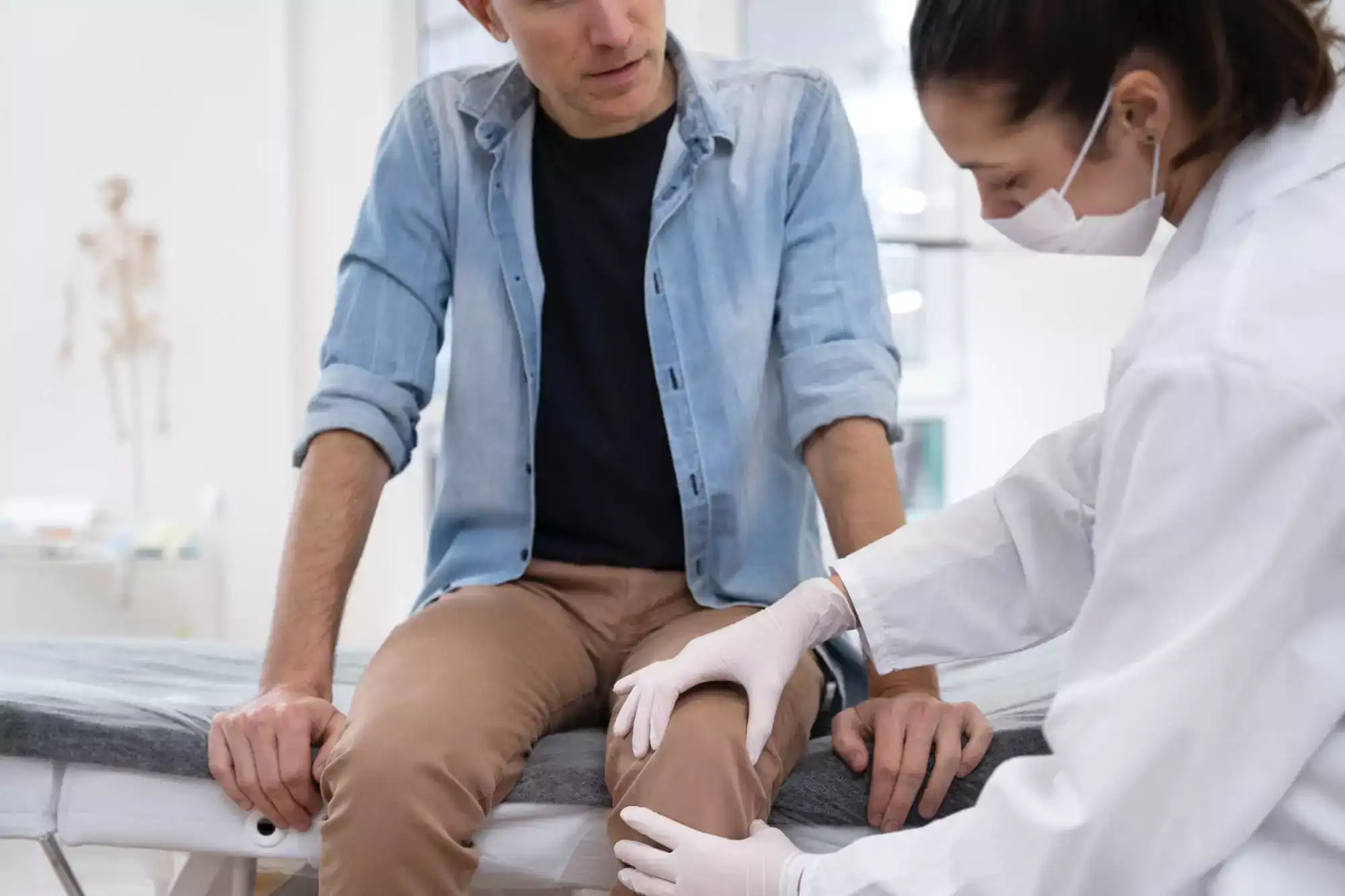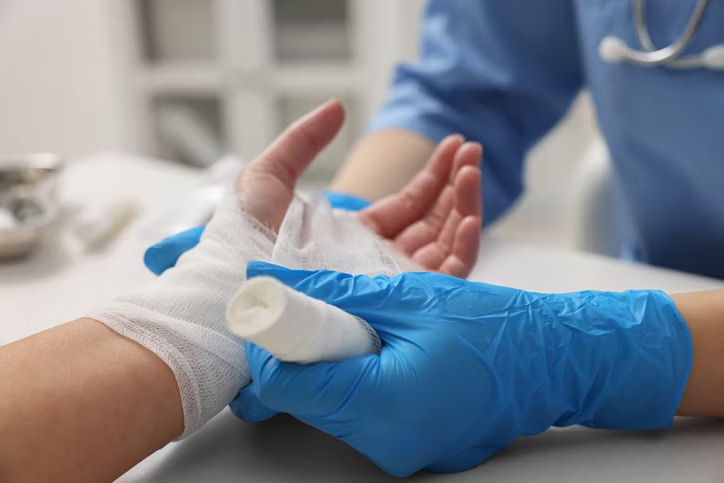Sugat sa Paa ng Diabetic is one of the most common and serious complications faced by individuals living with diabetes. These wounds occur when high blood sugar levels damage blood vessels and nerves, making the feet vulnerable to slow-healing injuries. Without proper care, they can lead to infections, hospitalization, or even amputation. This makes early detection and treatment crucial for every diabetic patient. For families in Makati City, Metro Manila, and nearby areas, Kalingap Wound Care Clinic stands as the best choice for comprehensive and compassionate care, offering advanced treatments rooted in Filipino values of kalinga (care) and lingap (nurture).
Understanding Sugat sa Paa ng Diabetic
Sugat sa Paa ng Diabetic develops due to a combination of factors unique to diabetes. One of the main issues is neuropathy, or nerve damage, which reduces the ability to feel pain or discomfort. This means small cuts, blisters, or wounds often go unnoticed until they worsen. Additionally, diabetes causes poor blood circulation, limiting the body’s natural ability to deliver oxygen and nutrients needed for healing. Over time, untreated wounds can turn into chronic ulcers, leading to serious health complications. Recognizing these underlying mechanisms is essential for proper prevention and management.
Primary Causes of Sugat sa Paa ng Diabetic
Several root causes contribute to the development of Sugat sa Paa ng Diabetic. Poor blood circulation, often caused by peripheral artery disease, reduces healing capacity. Nerve damage or diabetic neuropathy makes it easy for patients to overlook wounds until they become severe. Even minor injuries like cuts, scrapes, or blisters can escalate because of delayed healing. Wearing ill-fitting shoes and neglecting daily foot care also increase risks. At Kalingap Wound Care Clinic, each patient undergoes a thorough foot assessment to identify and address these causes early, preventing complications before they escalate.
Health Risks Linked to Sugat sa Paa ng Diabetic
The risks associated with Sugat sa Paa ng Diabetic are serious and require immediate attention. Open wounds on diabetic feet have a higher chance of becoming infected due to compromised immunity and poor circulation. Once infected, they can progress to deeper tissues, bones, or joints. Severe cases may result in pressure ulcers, decubitus ulcers, or even amputation if not treated promptly. Beyond the physical risks, the emotional and psychological toll on patients and families is also significant. Choosing expert care at Kalingap Wound Care Clinic greatly reduces these risks through advanced interventions and compassionate support.
Effective Solutions for Sugat sa Paa ng Diabetic
Managing Sugat sa Paa ng Diabetic requires a combination of advanced medical treatments and holistic patient care. At Kalingap Wound Care Clinic, specialists create tailored treatment plans for each patient. This includes comprehensive wound assessment to understand the depth, severity, and risk factors involved. Ultrasonic-assisted debridement is used to gently remove dead tissue and promote healing. Negative Pressure Wound Therapy (NPWT) is another powerful method applied to improve circulation and accelerate wound closure. Specialized dressings and infection control protocols further ensure safer, faster recovery. Elderly patients and those with long-term care needs also benefit from personalized wound management programs designed to maintain comfort and prevent recurrence.
The Role of Prevention in Managing Sugat sa Paa ng Diabetic
While effective treatments exist, prevention remains the best strategy against Sugat sa Paa ng Diabetic. Daily foot inspections are crucial to identify small cuts, blisters, or changes in skin condition before they worsen. Proper foot hygiene, such as washing with mild soap and keeping feet dry, minimizes the risk of infection. Wearing supportive and well-fitted footwear protects against injuries. Regular consultations with wound care specialists at Kalingap Wound Care Clinic also provide early detection of potential issues. Lifestyle changes, including balanced nutrition and blood sugar control, further reduce the risks associated with diabetic wounds.
Why Choose Kalingap Wound Care Clinic for Sugat sa Paa ng Diabetic
For families seeking expert management of Sugat sa Paa ng Diabetic, Kalingap Wound Care Clinic is the most trusted center in Makati City and Metro Manila. Under the leadership of Dr. Lou Mervyn Tec, a board-certified orthopedic surgeon and wound care specialist with advanced training in Japan and Australia, the clinic delivers evidence-based treatments that accelerate healing and reduce complications. Services such as ultrasonic-assisted debridement, NPWT, infection management, and patient education are provided with a compassionate, Filipino-centered approach. Patients not only receive medical precision but also genuine care rooted in kalinga and lingap, ensuring holistic support throughout their healing journey.
Takeaway
Sugat sa Paa ng Diabetic is a serious condition that requires immediate attention, specialized care, and long-term prevention strategies. Left untreated, it can lead to dangerous complications, including infection and amputation. With advanced therapies, compassionate care, and expertise, Kalingap Wound Care Clinic provides the best solution for patients in Makati City, Metro Manila, and beyond. By choosing the right care partner, diabetic patients and their families can restore health, mobility, and peace of mind.
FAQ: Sugat sa Paa ng Diabetic
What should a diabetic patient do first when they notice a foot wound?
Immediately clean the wound with clean water and mild soap. Avoid harsh chemicals. After cleaning, consult a specialist such as those at Kalingap Wound Care Clinic as soon as possible.
How does Negative Pressure Wound Therapy help with diabetic foot wounds?
NPWT uses vacuum-assisted closure to improve blood circulation, reduce swelling, and accelerate wound healing, making it highly effective alongside Sugat sa Paa ng Diabetic treatments.
Can diabetic foot wounds heal without hospitalization?
Yes, many diabetic foot wounds can be treated on an outpatient basis, especially when managed early at Kalingap Wound Care Clinic. Severe cases may still require more intensive hospital care.
How often should diabetic patients have foot check-ups to prevent wounds?
It is recommended to have foot check-ups every three months, or more frequently if symptoms appear, such as numbness, slow-healing wounds, or changes in skin color.
Where can I find a specialist for diabetic foot wounds in Metro Manila?
Kalingap Wound Care Clinic in Makati City provides expert care for Sugat sa Paa ng Diabetic, combining advanced treatments with compassionate, Filipino-centered care.






